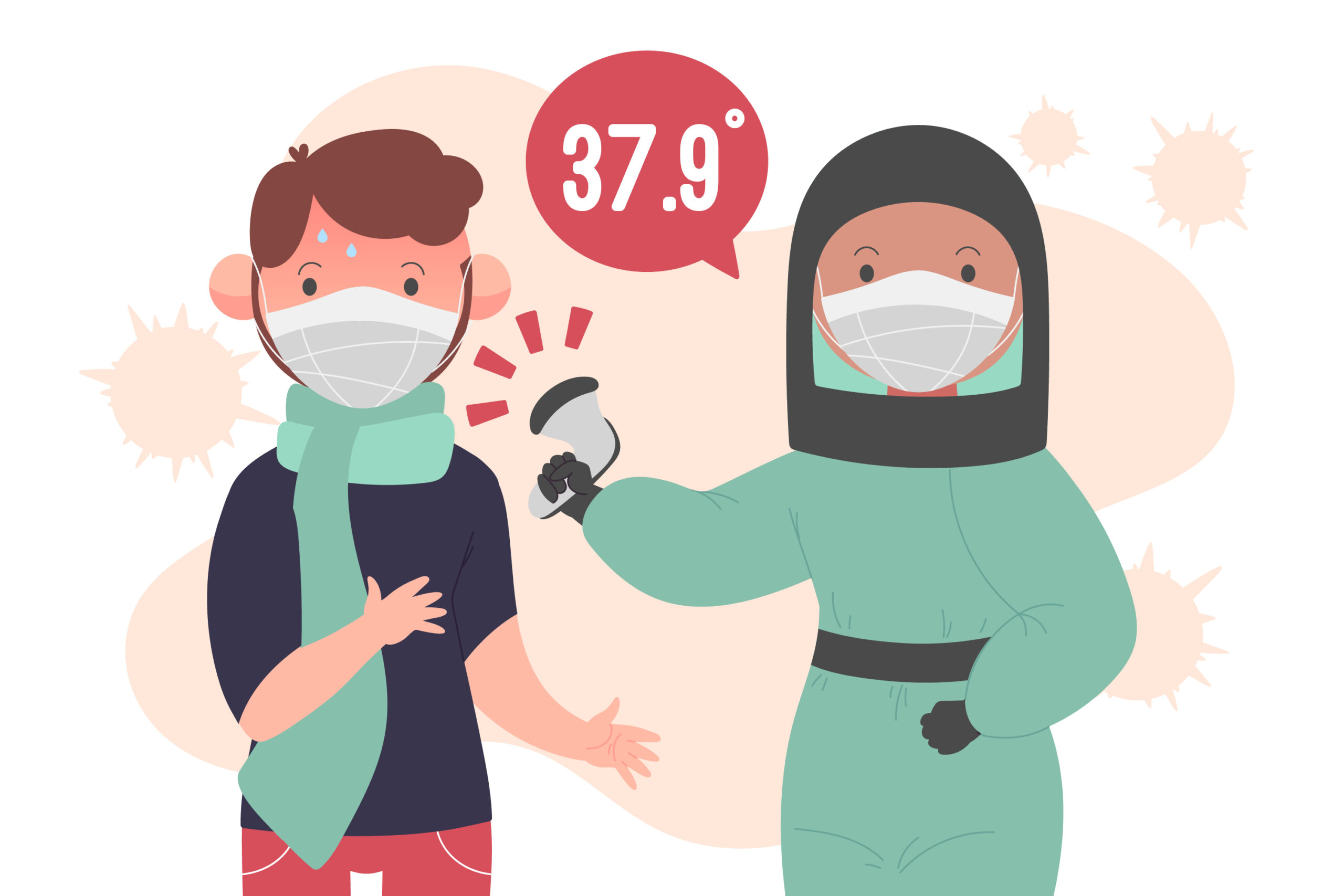There is no influenza-like illness (ILI) outbreak in the Philippines as of October 2025, according to the Department of Health (DOH).
What’s an ILI and its symptoms?

An Influenza-Like Illness (ILI) is a medical term used to describe a group of symptoms that resemble the flu, but may be caused by various viruses, not just influenza.
Common Symptoms of ILI
- Fever (≥ 38°C or 100.4°F)
- Cough
- Sore throat
- Headache
- Chills
- Muscle or body aches
- Fatigue
- Nasal congestion
- Occasionally: nausea, vomiting, or diarrhea (especially in children)
Current Situation
DOH Secretary Teodoro Herbosa clarified that the recent rise in ILI cases is part of the normal seasonal flu trend during the colder “-ber” months. No outbreak threshold has been breached, and the number of cases is actually lower than last year. ILI cases dropped by 39% from late September to early October, with 6,457 cases recorded from September 28 to October 11, compared to 10,740 cases from September 14 to September 27.
School Precautions
Some class suspensions were reported, but these were not due to flu outbreaks. They were precautionary measures for earthquake preparedness and sanitation, not illness.
No Lockdowns
The DOH has denied rumors of lockdowns, emphasizing that this is not a pandemic-level situation but a seasonal increase in respiratory illnesses.
If you’re in the Philippines, it’s still wise to practice good hygiene, stay home when sick, and consider flu vaccination if available.
Current Situation in Indonesia
Yes, Indonesia is currently experiencing a seasonal rise in Influenza-Like Illnesses (ILI) as of October 2025. Here’s what you need to know:
The Health Ministry has confirmed an increase in ILI cases across several regions, especially during the transition from dry to rainy season. Deputy Health Minister Benjamin Paulus urged the public to wear masks and take preventive measures, noting that flu cases typically rise between September and October, and may surge again in March–April next year. Hospitals in Jakarta and nearby areas have reported a spike in flu-like symptoms, prompting calls for data-driven surveillance and public vigilance.



